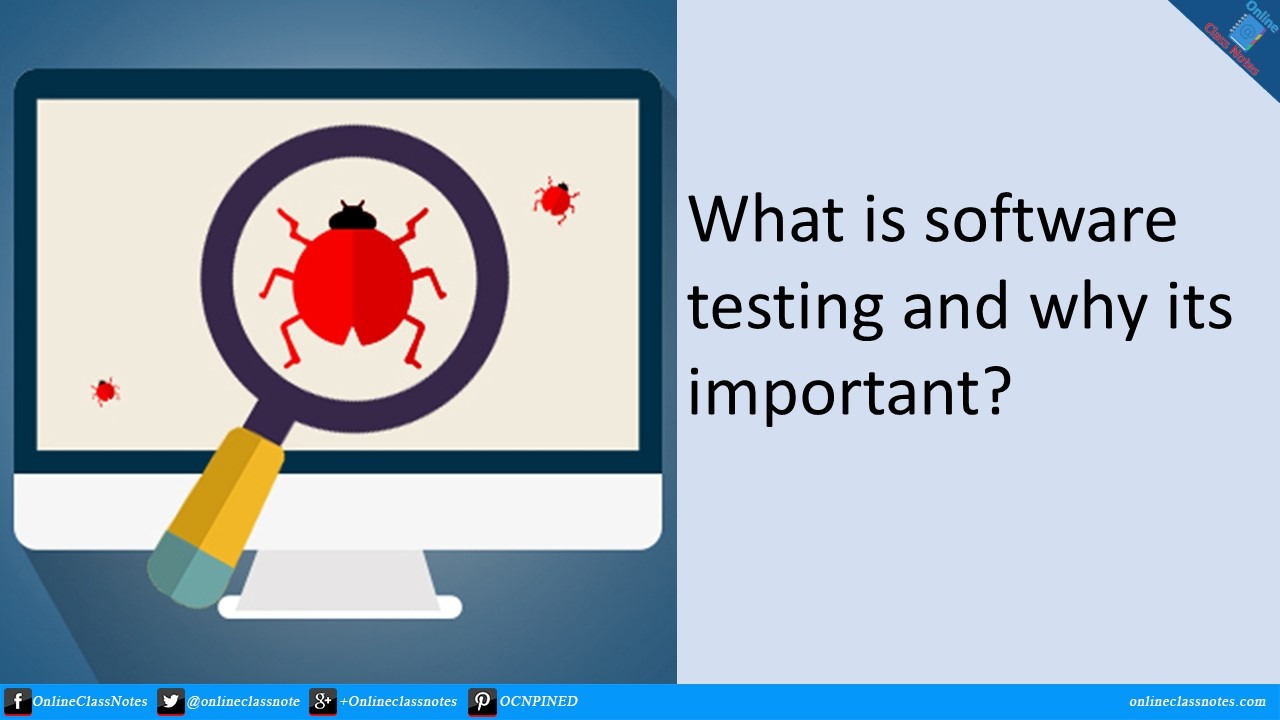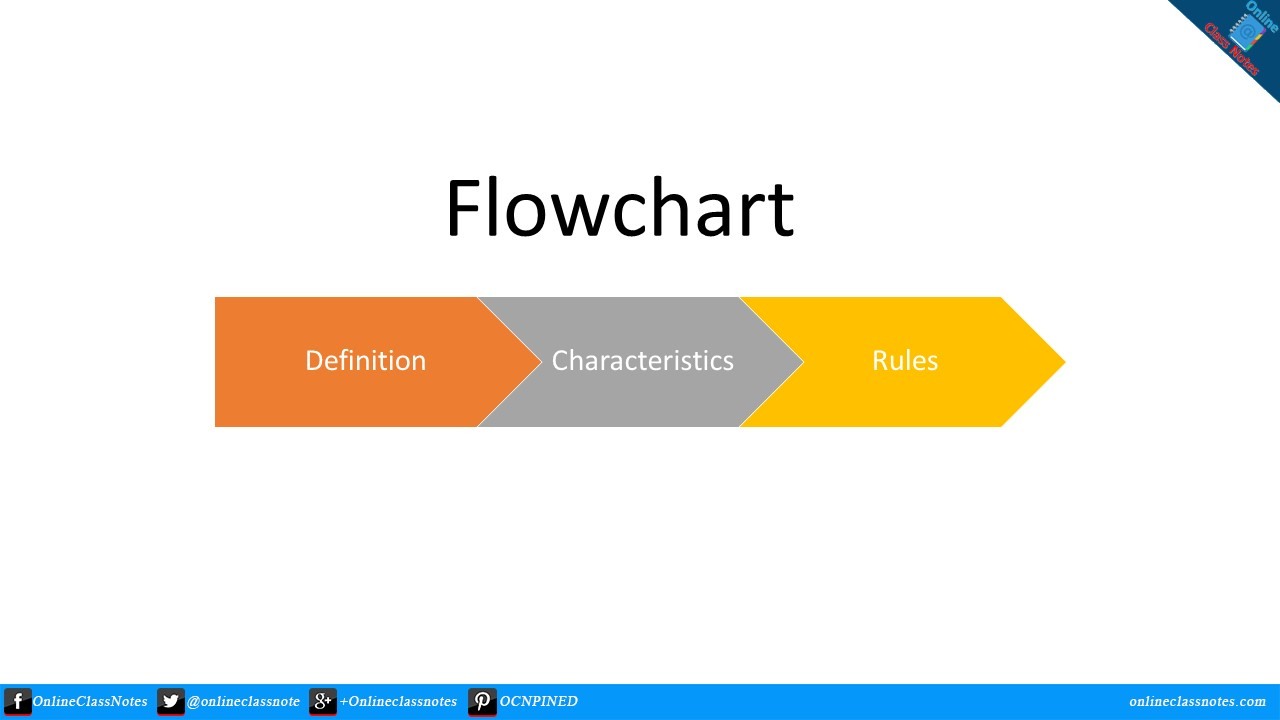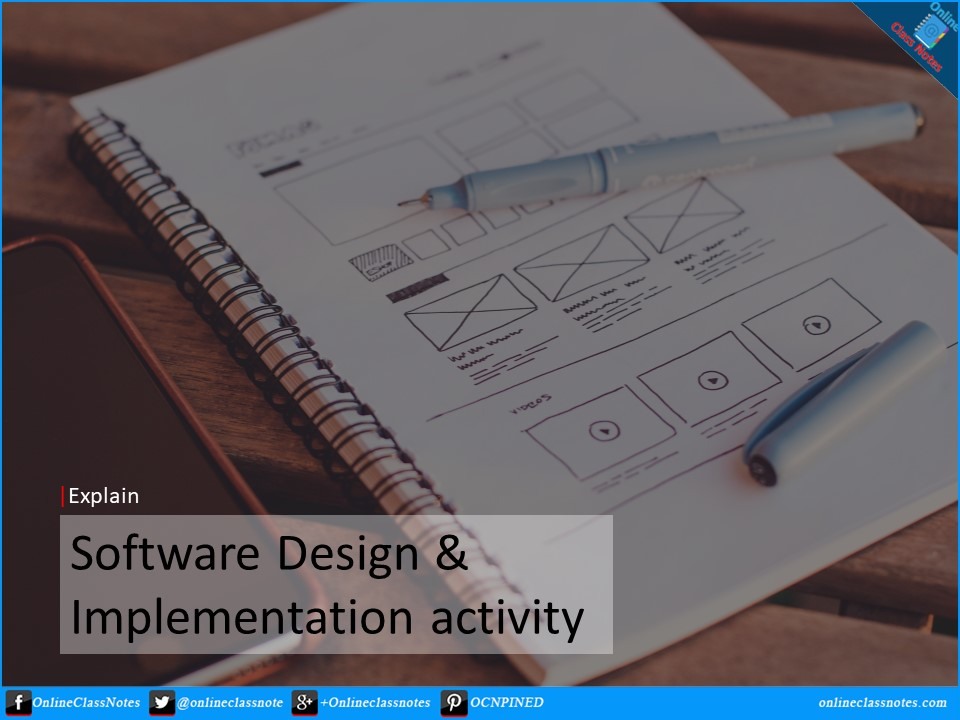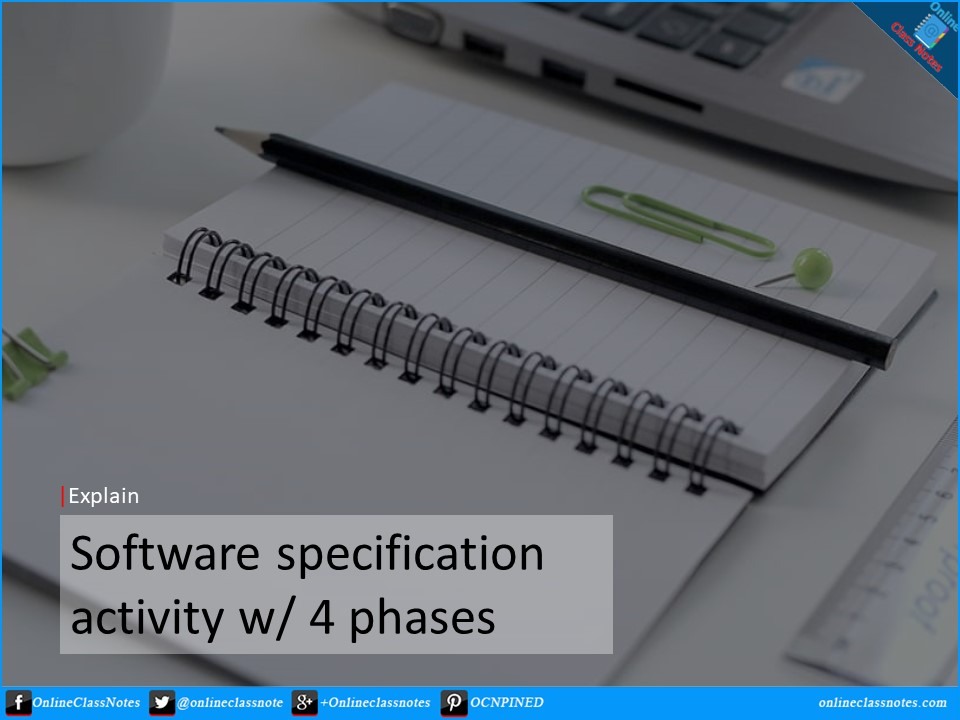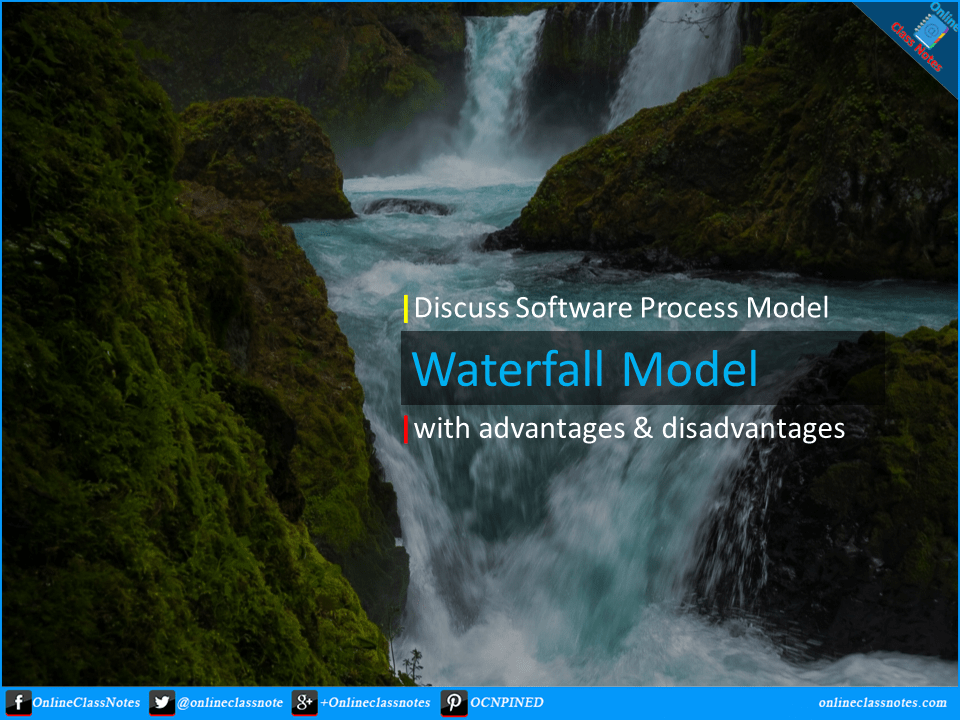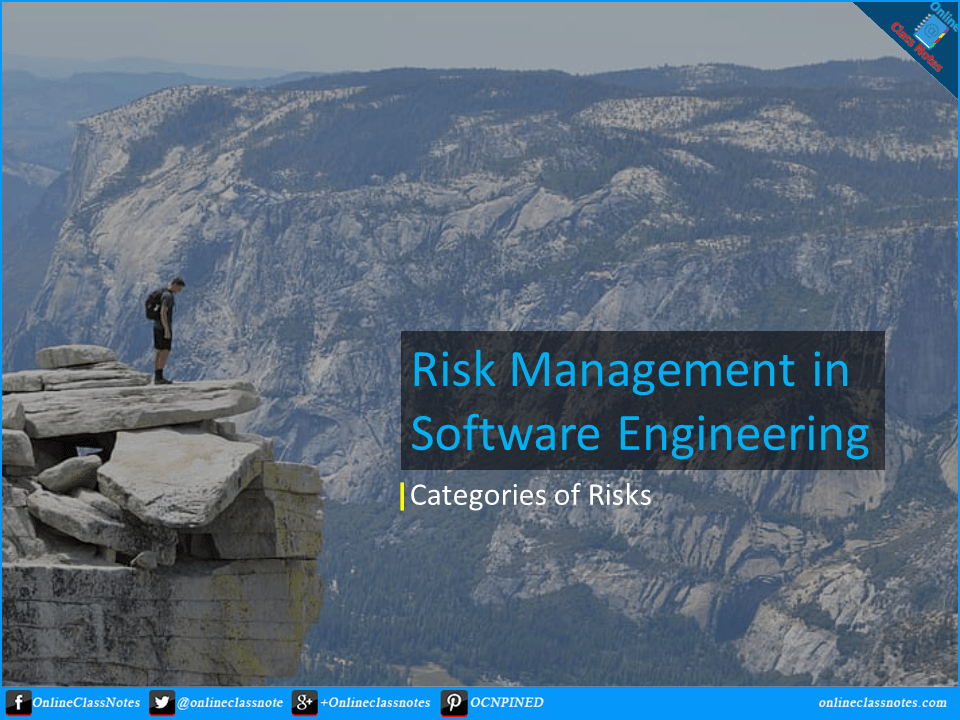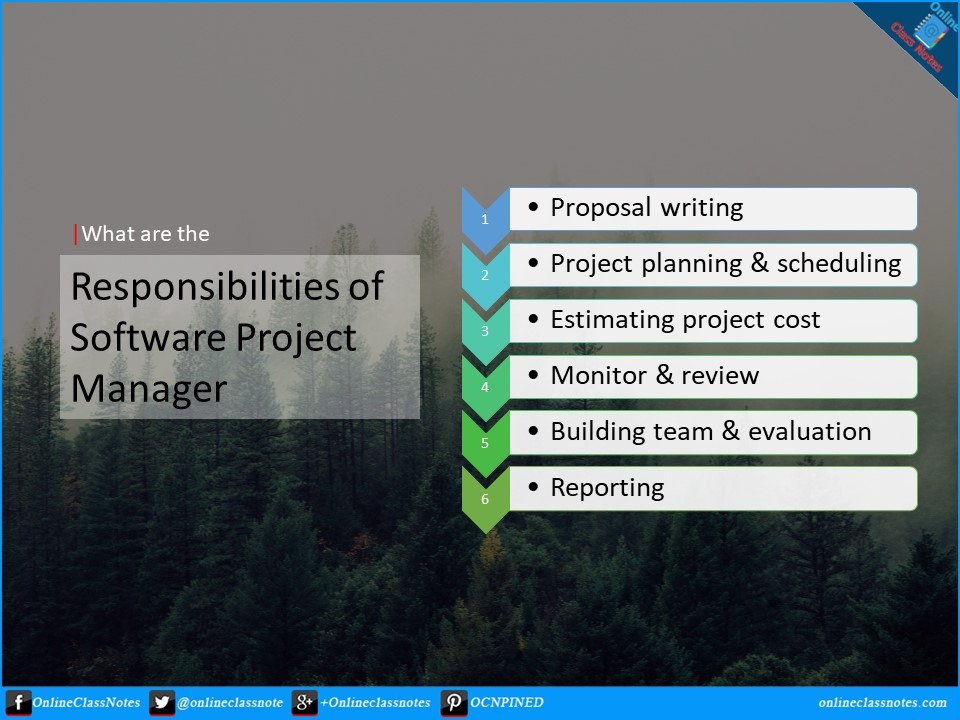Exploring the Key Activities in the Software Development Life Cycle (SDLC)
Introduction:
The Software Development Life Cycle (SDLC) is a systematic and structured approach to developing software applications. It provides a framework for software engineers to plan, design, develop, test, deploy, and maintain software systems.


